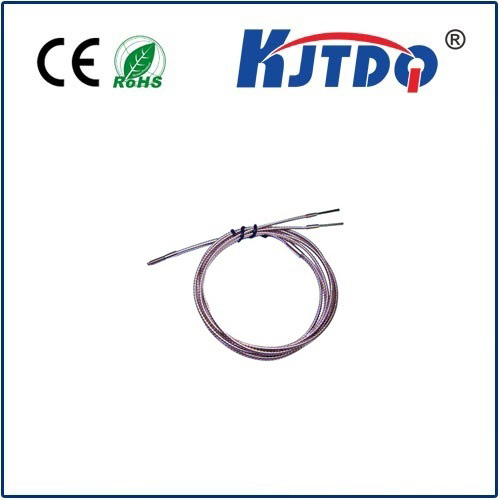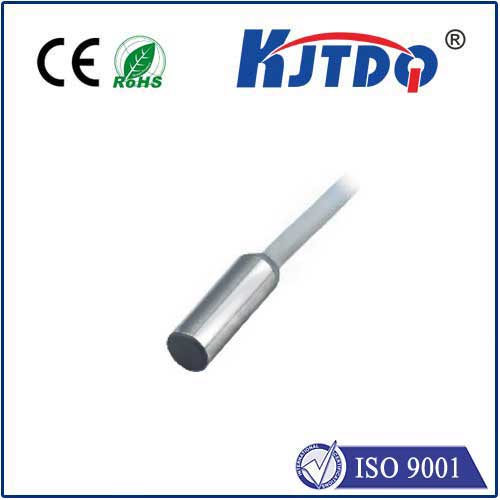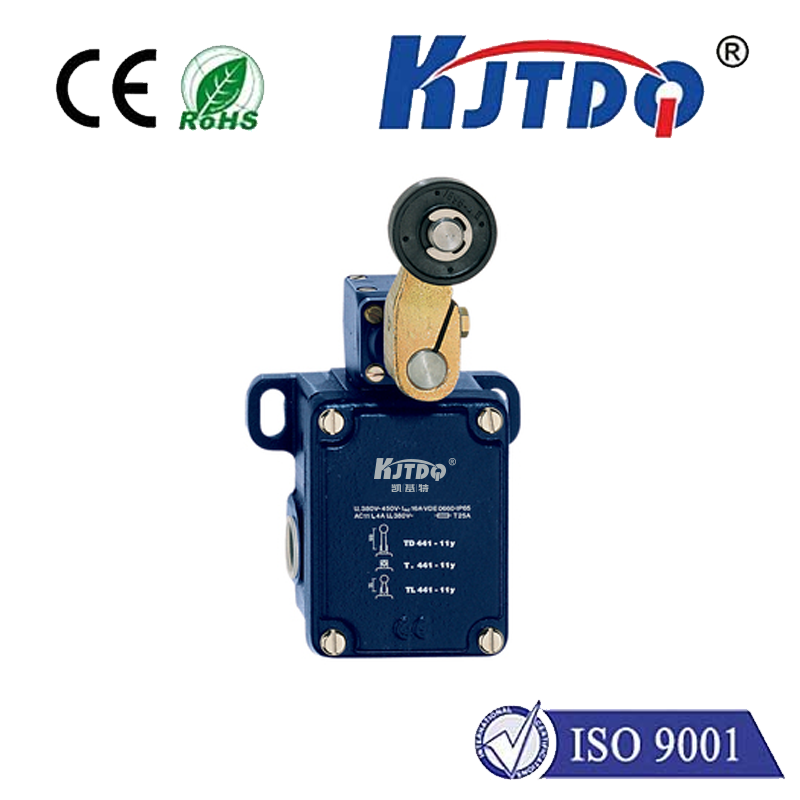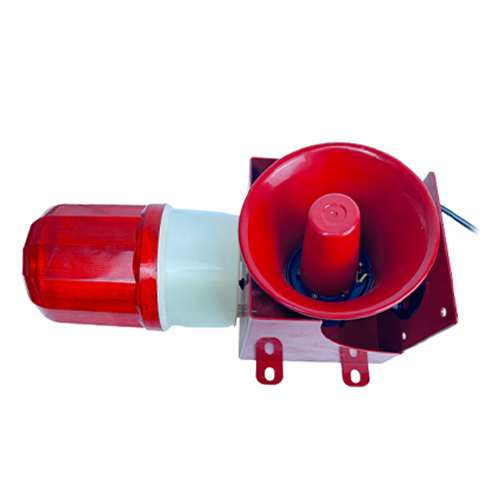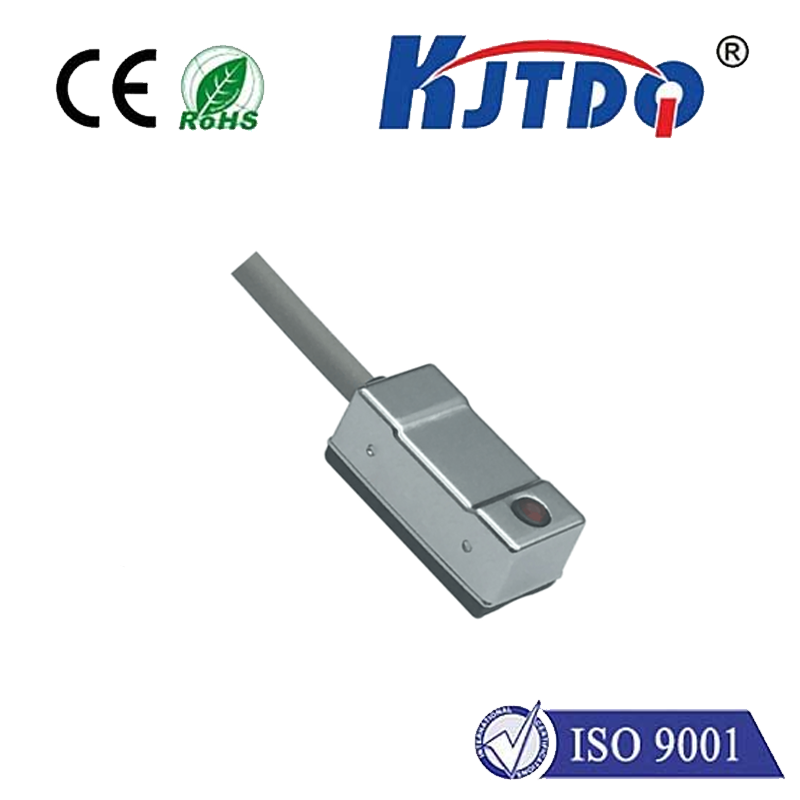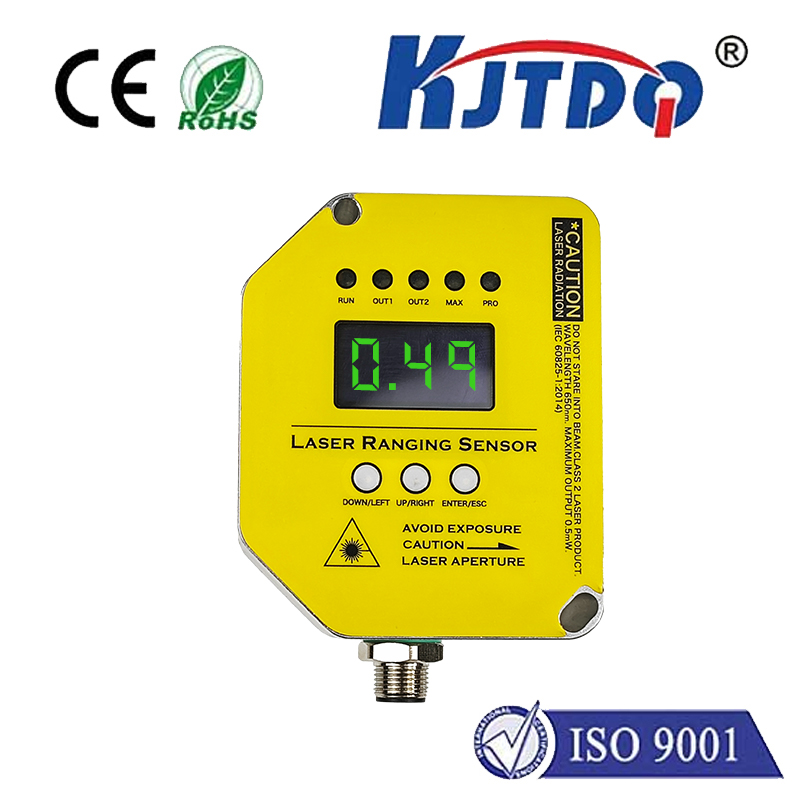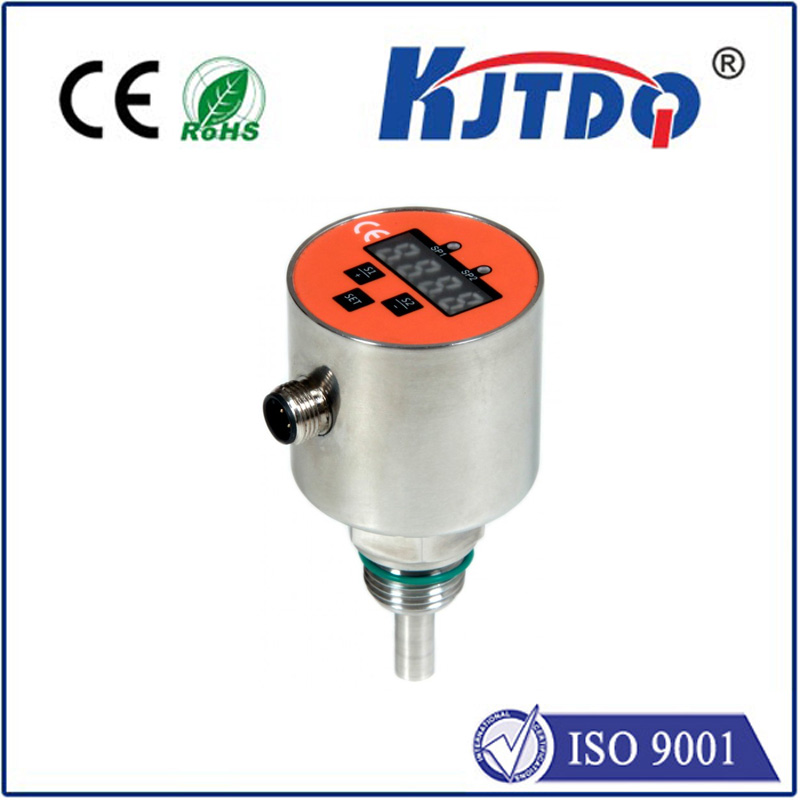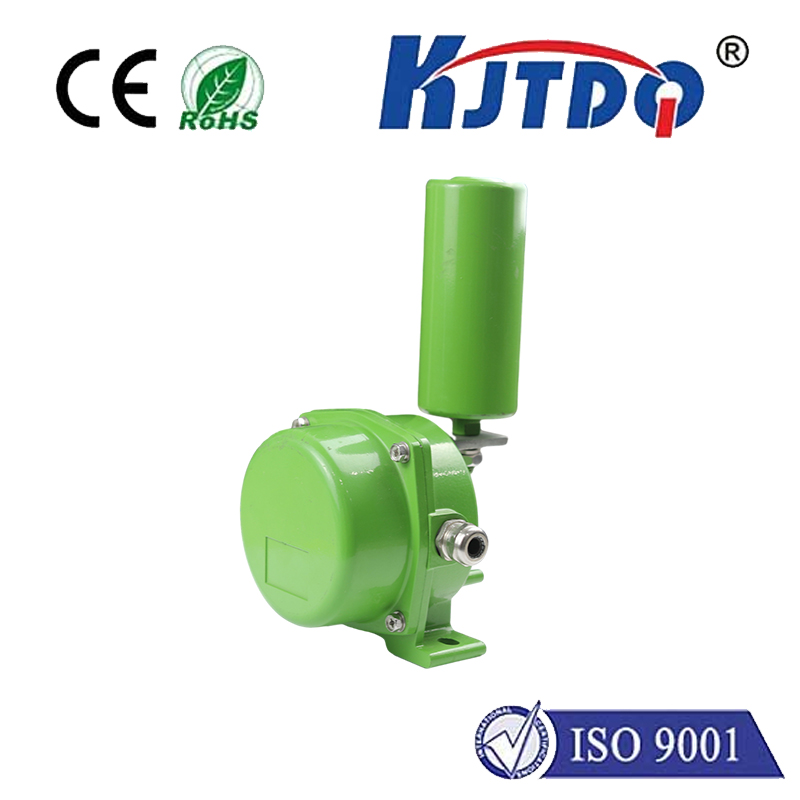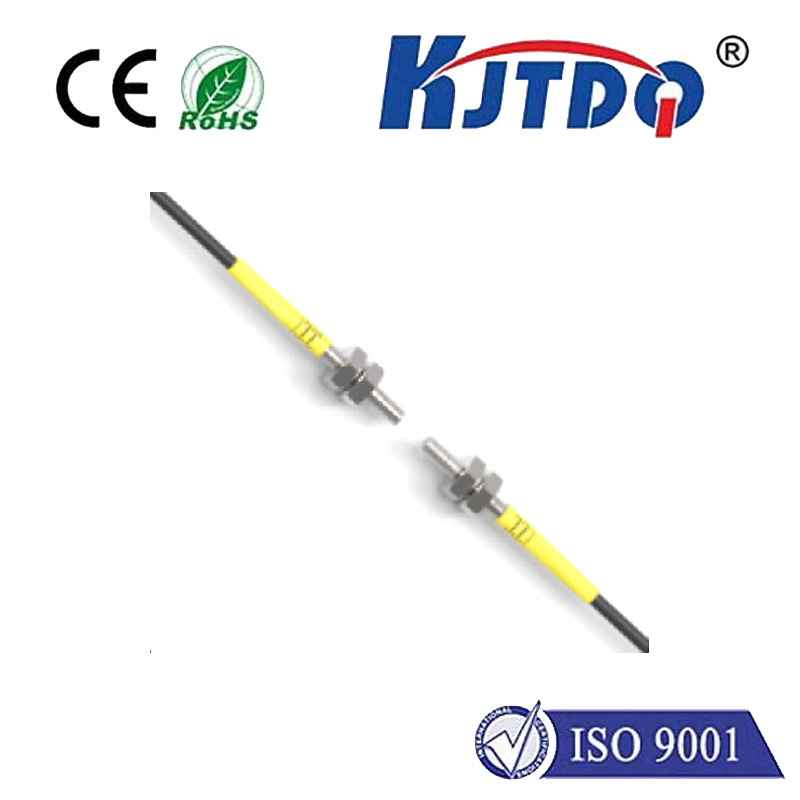

check

check

check

check

check

check

check

check

check

check

The Evolution of Vehicle Proximity Sensors: Enhancing Safety and Technology Integration In today’s fast-paced world, the automotive industry constantly seeks innovative solutions to enhance safety and improve the driving experience. Among these advancements, vehicle proximity sensors have emerged as indispensable components, revolutionizing how vehicles perceive their surroundings and respond to potential hazards. This article delves into the evolution, functionality, benefits, and future prospects of vehicle proximity sensors. A Brief History of Vehicle Proximity Sensors Vehicle proximity sensors, also known as parking sensors or object detection systems, were initially developed to assist drivers in tight parking situations. Early versions relied on basic ultrasonic technology, which emitted sound waves to detect obstacles. As technology progressed, radar and more advanced sensors such as LiDAR (Light Detection and Ranging) were integrated, offering greater accuracy and range. Today, these sensors are an integral part of modern vehicles, contributing to a wide array of safety features and automated driving functions. How Vehicle Proximity Sensors Work Modern vehicle proximity sensors operate using various technologies, including ultrasonic, radar, and LiDAR systems. Ultrasonic sensors work by emitting high-frequency sound waves that bounce off objects and return to the sensor. The time it takes for the echo to return helps determine the distance to the obstacle. Radar sensors use radio waves to detect objects, providing precise distance measurements even in adverse weather conditions. LiDAR sensors employ laser pulses to create detailed 3D maps of the vehicle’s surroundings, enabling highly accurate obstacle detection. Benefits of Vehicle Proximity Sensors
